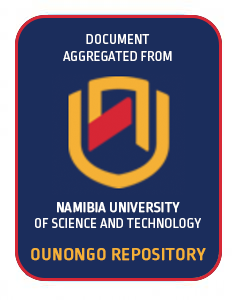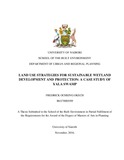Programa Nacional de Solos do Brasil (PronaSolos)
Este programa foi elaborado em atendimento ao Acórdão do Tribunal de Contas da União (n° 1942/2015) que versa sobre Governança de Solos. A Embrapa e, em especial, a Embrapa Solos se articularam para montar um grupo de trabalho multi-institucional, que elaborou o programa a partir de workshops presenciais e a distância.







